What is a Bass Trap?
Bass traps are key players in the world of acoustical treatments. Audio professionals use them in a number of applications where sound matters most, and they are generally considered a necessary component in an effective acoustical treatment.
For those of us who don’t live and breathe audio quality, we may not understand what bass traps actually do or how to use them. If you’re just learning how to acoustically treat a home studio or theater for optimal sound, bass trapping is a concept you’ll want to understand. So, what is a bass trap?
What is a bass trap?
A bass trap is a type of acoustical treatment that’s specially built to handle bass waves. Those low end vibrations are more difficult to handle than the rest of the spectrum, and most other types of acoustical treatments have a hard time taming them.
One reason bass traps work so much better than other acoustical panels for bass is because they are generally thicker and more dense than other types of panels. That increased density and thickness gives bass traps higher gas flow resistivity, which is just a fancy way of quantifying how much air or other gas passes through a membrane or material. In the case of sound wave absorption, that means more of the elusive bass waves get trapped in the fibers.
Traps can also be constructed to reduce the sound pressure in the room, so it’s good to know a bit about the different types of bass traps out there.
Different types of bass traps
There are two main types of bass traps, and each offers advantages and disadvantages, but understanding the difference will help you make the right choice for sound control in your particular space and for your particular application. The two types are differentiated both by the bass trap materials and how those materials work to address the issues you’re experiencing on the low end.
Porous absorbers
Porous bass traps work very similarly to other types of broadband acoustical treatments in that they absorb a large range of frequencies fairly well. Filled with a porous material like mineral wool, open cell foam, or fiberglass, porous absorbers absorb many mid and high frequency sounds but don’t do a whole lot for bass frequencies. That said, they can provide some benefits if you don’t require the highest level of audio clarity.
Porous bass traps absorb the vibrational energy of the waves and utilize friction to transform that vibrational sound energy into heat energy, which then dissipates into the bass trap. It’s the same concept as fabric wrapped acoustical panels and is an excellent solution to echo and reverberation issues. To achieve the best results, porous absorbers should be placed a few feet from the corners, with empty air behind them.
They are typically smaller and cheaper than resonant absorbers, but they also accomplish much less as far as bass absorption. They are better than nothing at all but won’t be sufficient for something like a high end studio or nightclub. If you really want your sound to be on point, you’ll have to go with resonant absorbers.
Resonant absorbers
Sometimes called pressure absorbers, resonant absorbers work differently than their porous counterparts. Instead of absorbing sound waves in the middle to high end of the spectrum, resonant absorbers, or tuned bass traps, take care of specific frequencies on the low end and have very little effect on those mid and high frequencies.
There are two main types of resonant absorbers, which are diaphragmatic bass traps and Helmholtz resonators. Very basically, diaphragmatic absorbers use a vibrating panel or membrane to neutralize bass frequencies, and Helmholtz resonators absorb bass waves through small openings in otherwise airtight enclosures filled with a dense, absorptive material.
Diaphragmatic bass traps utilize a membrane, which may be made of gypsum board, wood panels, vinyl, or some other type of material capable of movement, which is attached to a sturdy frame or cabinet. When bass frequencies hit the membrane, the vibrations are transferred into the frame, and the resonance created in the cabinet counters the vibrations of the bass sound.
Helmholtz resonators are tuned to a specific frequency and don’t do a whole lot in regard to other frequencies, so they are a great solution for audio professionals who understand exactly what their issues with bass frequencies are.
If you are at a point where you are considering which of these is right for you, you are at a point when you should be speaking with professionals who can help you get the results you’re after. What is a bass trap good for if you don’t get the results you’re looking for?
What is a bass trap used for?
We know bass traps tackle the low end sound waves that other types of acoustical treatments have trouble with, but what kinds of situations require this acoustical upgrade? Are they best for soundproofing or acoustically treating spaces? What exactly do bass traps accomplish for the end user?
They make the room sound better
The short answer as to why we use bass traps comes down to the fact that they are an essential part of delivering great sound. They can make any room sound better and should be used wherever clean, accurate sound is needed. But what does “better sound” mean? What is a bass trap doing to improve your sound?
They address room modes
Room modes are a collection of resonances created by the interaction of sound waves with the reflective surfaces like the walls and floors. The room mode affecting your space is going to be dependent upon the size and shape of the room, as well as the placement of your audio equipment within the room. The modes cause sound distortion and if left untreated, will have your audio mixes and favorite movies sounding off.
Standing waves
When the room dimensions correlate to your low frequency waveforms, it’s possible for a sound wave to reflect in nearly the exact same shape as the waveforms coming from the other direction. When this happens, the two waves reinforce one another, and that frequency sounds louder, whether that increase exists in the mix or not. Bass traps can help eliminate or reduce this reflection, so we hear a much clearer representation of the audio we’re hearing.
Flutter echo
If you’ve got two parallel walls in your studio, flutter echoes are something you might deal with down the road. This occurs when repetitive sound wave reflections create a perceived pitch that can cause issues with hearing your final mix clearly. Bass traps and sound diffusers are great methods of absorbing pressure and redirecting waves, so they don’t collide upon reflection.
Where to place bass traps
Bass traps work best when well placed. It’s not enough to simply throw some bass traps behind speakers. You’ve got to place them in the best locations for them to do their work. In most cases, the ideal bass trap location is going to be in the corners of the room.
If you’re using a porous bass trap, corner positioning is a little tricky. Make sure to allow for some empty space between the traps and the corners so they can work as efficiently as possible. The ideal amount of space is dependent upon the specific frequency you are trying to counter, but if you shoot for around 3 feet of space, you can get some decent results.
If using resonant absorbers, they should be placed all the way into the corners, up against the walls. They absorb pressure, and this is where pressure builds up to the highest levels.
DIY bass traps
There are a number of situations where a bass trap would come in handy, and some situations where they are absolutely essential. Whether it’s something that you can’t live without or simply something that would be nice to have is dependent upon your specific use case.
For someone who’s casually looking to tame the sound waves at their occasional house parties or a simple bass trap home theater upgrade, it may not make sense to purchase high end bass traps. You can build simple porous absorber bass traps with readily available materials, and combined with a decent sound diffuser, they may suit your needs.
Treat your room for killer sound
Whether you’re building a high end music studio or a bedroom music studio, the main thing we’re all after is great sound. If you want your mix to sound the same, whether played through monitors, headphones, or car speakers, it’s important that you record and mix them in a space without bass issues. What is a bass trap? It’s the sound absorbing corner piece that turns your mixes into masterpieces.

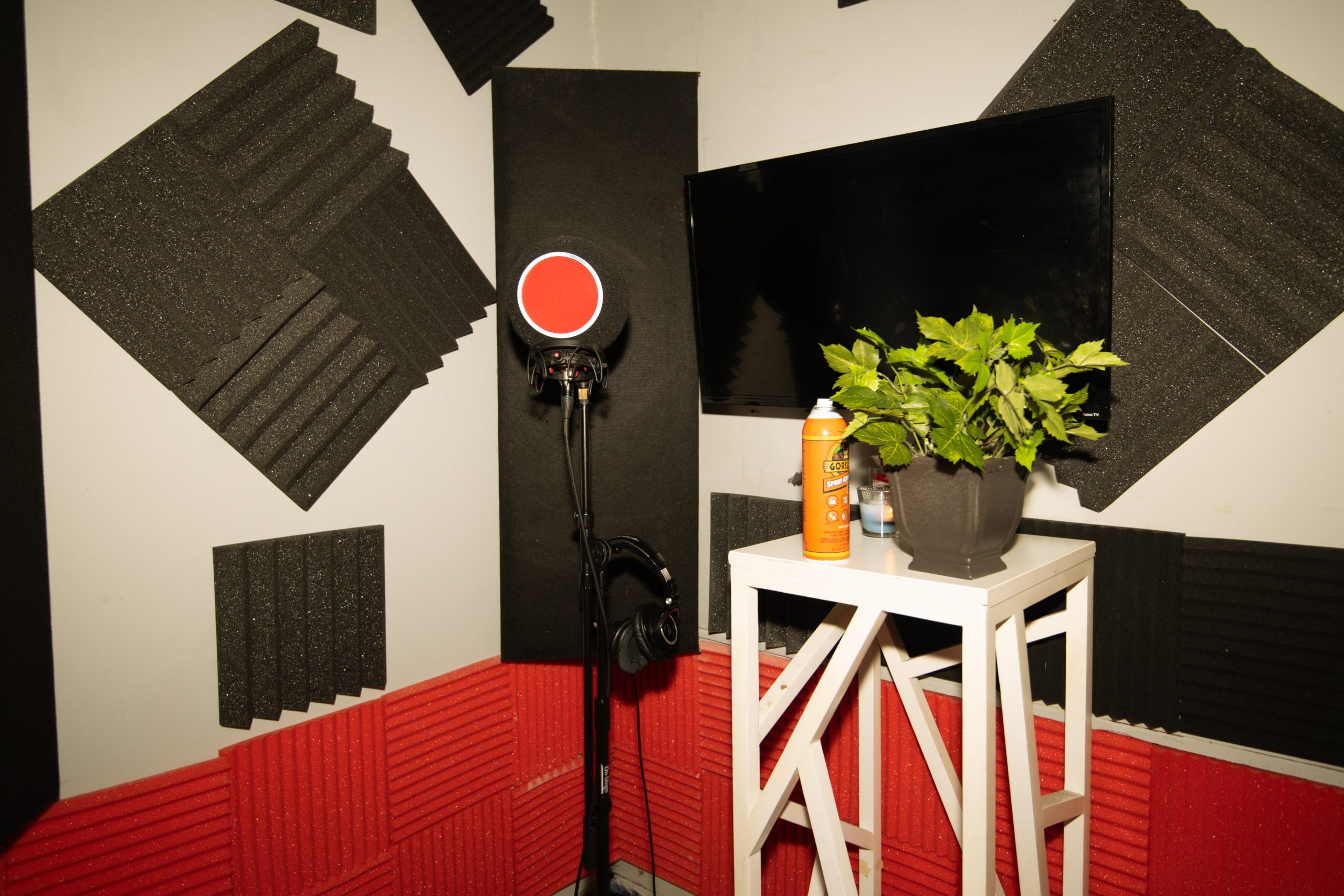


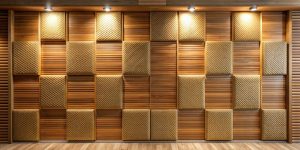
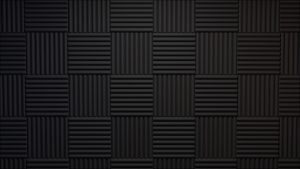
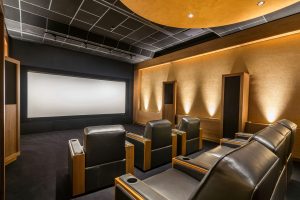



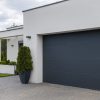





Leave a reply
You must be logged in to post a comment.